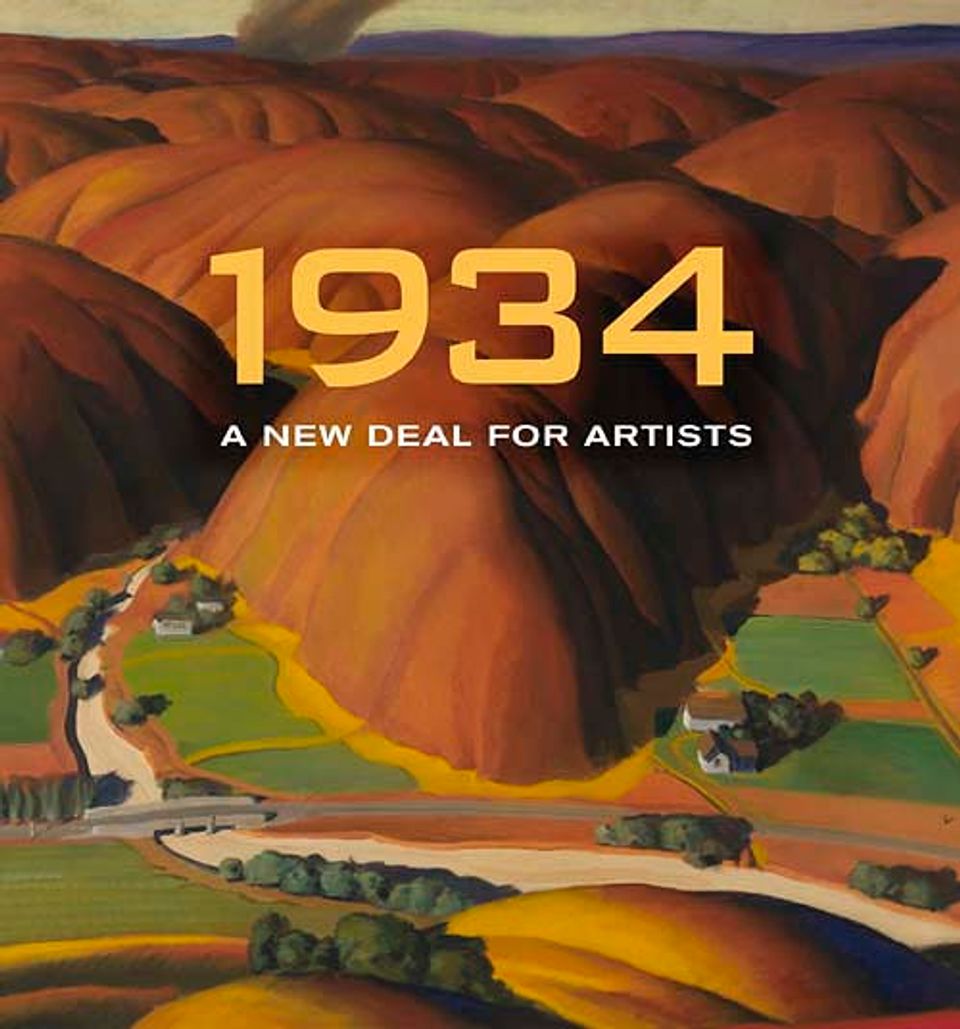Earle Richardson, Employment of Negroes in Agriculture, 1934, oil on canvas, 48 x 32 1⁄8 in. (121.8 x 81.6 cm.), Smithsonian American Art Museum, Transfer from the U.S. Department of Labor, 1964.1.183
Free to use
Copied
Artwork Details
- Title
- Employment of Negroes in Agriculture
- Artist
- Date
- 1934
- Location
- Dimensions
- 48 x 32 1⁄8 in. (121.8 x 81.6 cm.)
- Credit Line
- Transfer from the U.S. Department of Labor
- Mediums
- Mediums Description
- oil on canvas
- Classifications
- Subjects
- Figure group
- Occupation — farm — harvesting
- Landscape — farm
- African American
- Landscape — plant — cotton
- New Deal — Public Works of Art Project — New York State
- Object Number
- 1964.1.183
Artwork Description
The Public Works of Art Project, a pilot program that provided support for art during President Franklin D. Roosevelt's first term in office, welcomed Richardson and other African American artists, who they hoped would paint "Negro themes," yet only about ten such artists were among the thousands employed for the PWAP. Richardson, a native New Yorker, set his painting in the South to make a statement about his race. Richardson and fellow artist Malvin Gray Johnson planned to say more about the history and promise of black people in a mural series called Negro Achievement, intended to be installed in the New York Public Library's 135th Street Branch (now the Schomburg Center for Research in Black Culture), but neither young man lived long enough to complete the project.














